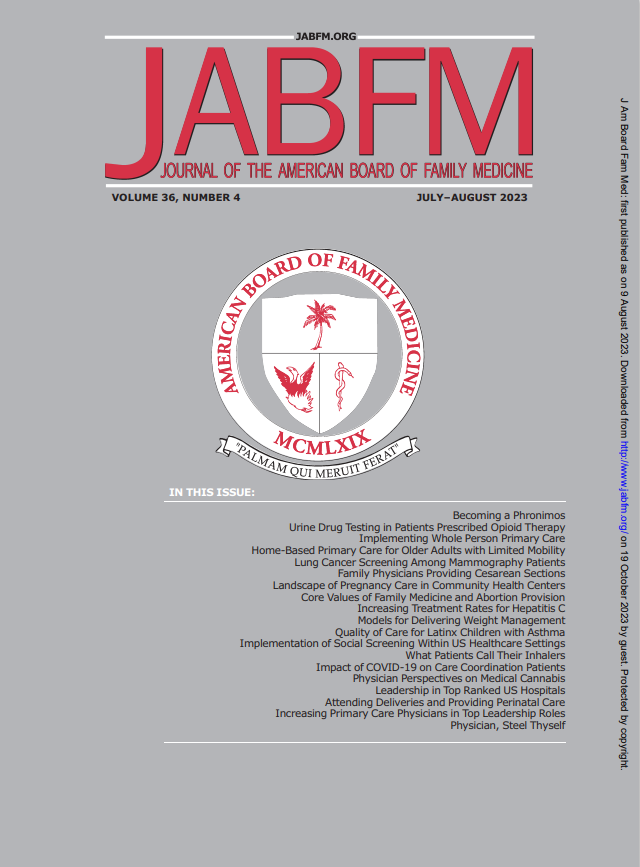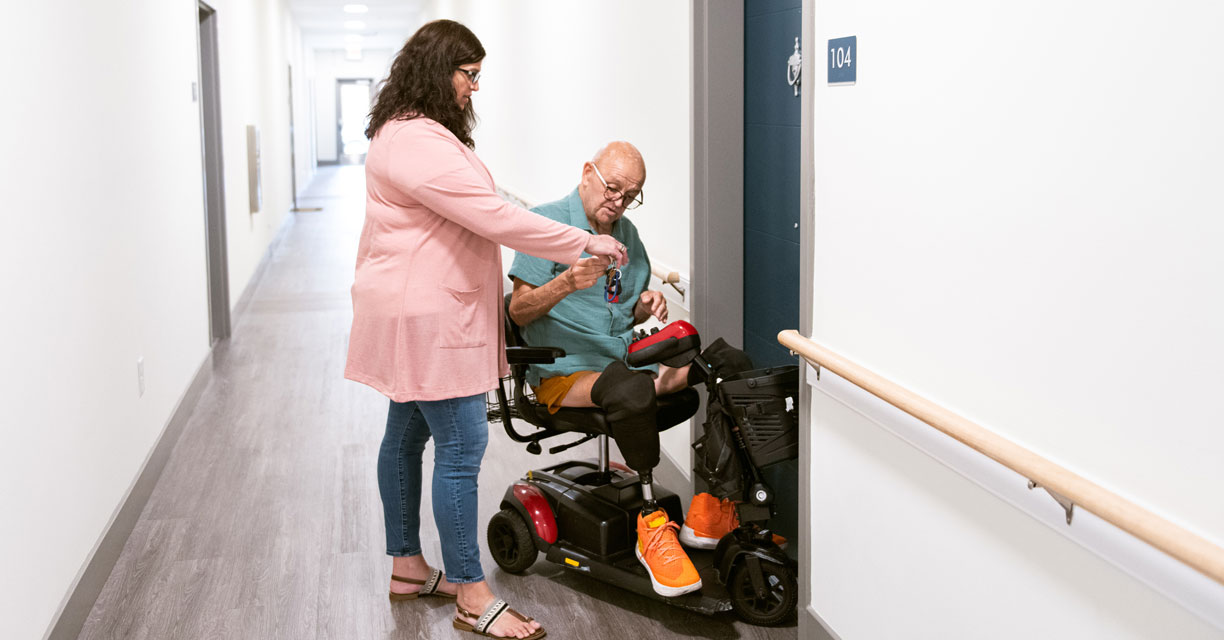Headline
An interdisciplinary home-based primary care program for older adults with limited mobility leads to reductions in health care utilization and costs.
Context
There are a growing number of older adults in the United States who are homebound or otherwise experience significant difficulty leaving their home. This population is more likely to have additional complex health and social needs, as well as less access to primary care. Home-based primary care (HBPC) models have emerged as a promising practice to address some of these challenges.
The Mountain Area Health Education Center (MAHEC) in Asheville, North Carolina, partnered with a local accountable care organization (ACO) to launch an HBPC program in January 2020. MAHEC built on the typical HBPC model by offering patients co-visits from primary care physicians and pharmacists who worked alongside an interdisciplinary care team. The care team met weekly to discuss their panel of patients, with a priority placed on addressing patients’ social determinants of health and personalized health goals.
Findings
This study evaluated the impact of the HBPC program on health care utilization and costs. In the year following the program’s launch, the 62 enrolled patients reported fewer overall emergency department visits and inpatient hospitalizations. Additionally, there was a near $1,500 decrease in average per-member-per-month health care costs compared to the preceding year.
Takeaways
While the study was limited to a pre-/post-evaluation design, it contributes moderately to the growing body of evidence demonstrating the positive impact of HBPC programs and indicates the efficacy of several unique variations to the traditional HBPC model. Notably, the program — implemented by a community organization rather than an academic medical center or other large health system — featured in-person visits from pharmacists and included a caregiver resource specialist from the local council on aging as an integral part of the care team.


